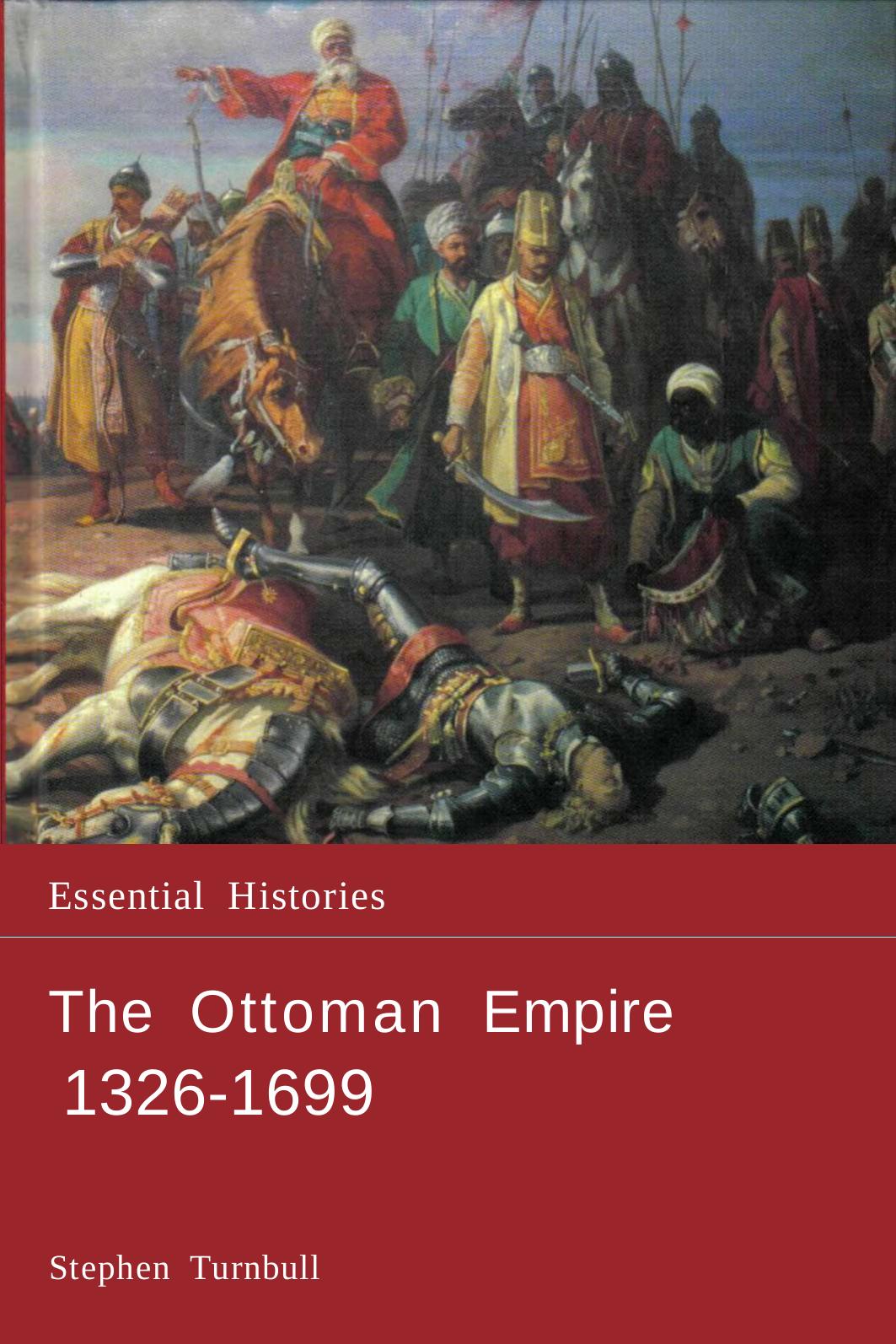The Ottoman Empire 1326â1699 by Stephen Turnbull

Author:Stephen Turnbull
Language: eng
Format: epub, pdf
Tags: The Ottoman Empire 1326–1699
ISBN: 9781472810267
Publisher: Osprey Publishing Ltd
The âLittle Warâ in Hungary
During 1530 the triumphant Archduke Ferdinand took advantage of the Sultanâs absence to recapture Gran and other Danube forts. He even attacked King John Szapolyai in Buda, although the resistance offered by its Turkish garrison drove him off. But Suleiman was back in Hungary in 1532 for a second try at Vienna with an even larger army than he had brought with him in 1529. He crossed the Drava at Osijek, but instead of taking the usual route for Vienna he turned westwards into the narrow strip of Hungarian territory towards the Austrian border that was still in King Ferdinandâs possession. After taking a few minor places he laid siege to a castle that was then, as it is today, the last fortress in Hungarian territory.
The town is now called Koszeg, but in 1532 the Austrians called it Güns. It was a tiny place defended by only 700 men, yet it held out against the Turks for almost as long as mighty Vienna. Its commander was one Miklos Jurisics, a Croatian by birth and a captain of great resolution and integrity. His 700 men had been intended for the general muster at Vienna but stayed behind when they realised the Turksâ immediate intentions.
They had no cannon, few arquebuses and little powder, but the siege was started in blissful ignorance of these facts by Grand Vizier Ibrahim Pasha. Suleiman the Magnificent came to join him shortly afterwards. The layout of Koszegâs walls made mining a feasible strategy, but even though several mines succeeded in blowing holes in the fortifications, every subsequent assault was beaten off.
Jurisics was then summoned to a parley in the tent of Ibrahim Pasha to receive his proposals for an extraordinary deal. Suleiman the Magnificent, who still did not realise how small was the force that had delayed him for so long, offered to spare the garrison and march away if Jurisics would offer him a nominal surrender. The only Turks who would be allowed to enter the castle would be a token force who would raise the Turkish flag and keep their comrades out before withdrawing for good. Miklos Jurisics was acutely aware of the desperate straits his tiny garrison were in and agreed to this unprecedented proposal. As a result, while the rains of a miserable August continued, the Ottoman Army withdrew.
The other result of the Sultanâs second invasion of Austria was a peace treaty concluded with King Ferdinand. Its terms still maintained the right of John Szapolyai to be king of all Hungary, but recognised Ferdinandâs possession of that part of the country that enjoyed the status quo. A breathing space was therefore given to all sides and it would be nine years before Suleiman the Magnificent resumed his land war against Hungary and Austria.
Meanwhile the rival kings Ferdinand and John kept up sporadic hostilities against each other. Ferdinand was the first to break the treaty and sent three of his ablest generals, all veterans of the siege of Vienna, to besiege Osijek in 1537.
Download
The Ottoman Empire 1326â1699 by Stephen Turnbull.pdf
This site does not store any files on its server. We only index and link to content provided by other sites. Please contact the content providers to delete copyright contents if any and email us, we'll remove relevant links or contents immediately.
| Africa | Americas |
| Arctic & Antarctica | Asia |
| Australia & Oceania | Europe |
| Middle East | Russia |
| United States | World |
| Ancient Civilizations | Military |
| Historical Study & Educational Resources |
The Battle of Mogadishu by Matt Eversmann & Dan Schilling(723)
The Confidence Men by Margalit Fox(674)
The Spymaster of Baghdad by Margaret Coker(643)
A History of the Muslim World since 1260: The Making of a Global Community by Vernon O. Egger(642)
Jack the Ripper and the East End by Peter Ackroyd(611)
Empire of Fear: Inside the Islamic State by Andrew Hosken(589)
The Afghanistan File by Prince Turki AlFaisal Al Saud(586)
The Crimean War by Winfried Baumgart(579)
Islam At The Gates: How Christendom Defeated the Ottoman Turks by Diane Moczar(574)
The Jerusalem Diamond by Noah Gordon(568)
Akhenaten by Dominic Montserrat(566)
A Concise History of Greece (Cambridge Concise Histories) by Richard Clogg(556)
Beirut 2020 by Charif Majdalani(555)
The History of Jihad by Robert Spencer(550)
Enemy in the East by Rolf-Dieter Müller(536)
Israel: Ancient Kingdom or Late Invention? by Daniel I. Block(532)
The Privatization of Israeli Security by Shir Hever(527)
The Nine Lives of Pakistan by Declan WALSH(522)
Destroying a Nation: The Civil War in Syria by Nikolaos van Dam(516)
